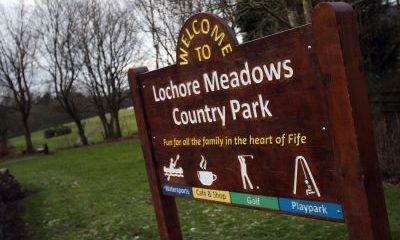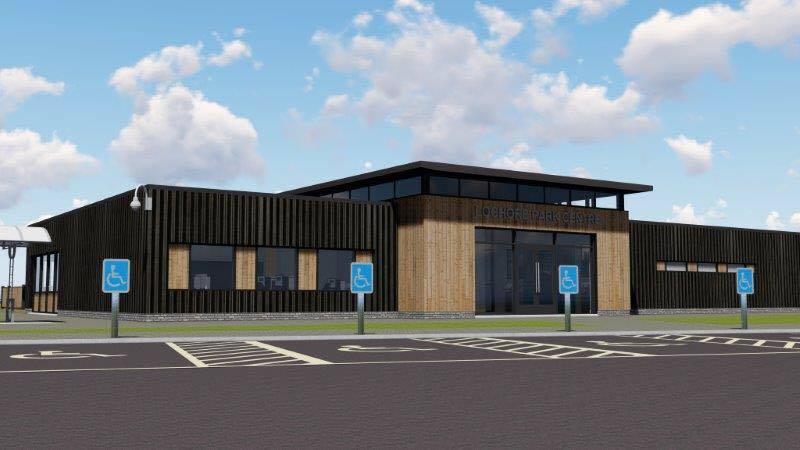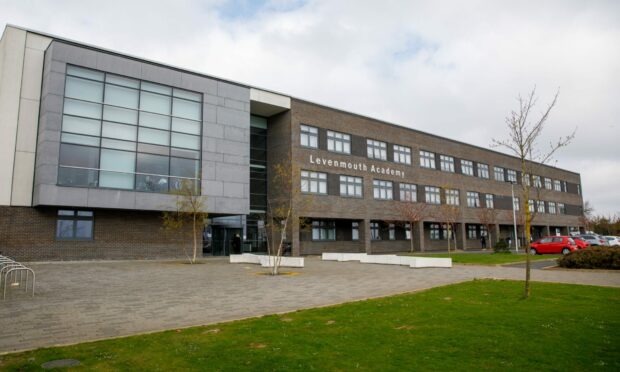Allegations that Fife Council illegally issued planning permission for a new Lochore Meadows visitor centre have been rebuffed.
The local authority was accused of breaking rules by allowing an unelected officer rather than councillors to determine its own planning application for the £1m centre which is at the centre of a stooshie.
However, it insisted a change in the law three years ago meant there was no need for the development, classed as local rather than major, to be determined by a committee.
There is anger in the surrounding community at the lack of public consultation over the design of the new building, which has been likened to a prison cell block and is smaller than the one it will replace.
Criticism has also been made of the failure to source additional, external funds for a bigger and better facility for the popular country park which attracts around 500,000 visitors each year.
Planning consent was issued by an officer acting under delegated powers during a three week pause to allow public input.
Calling for an external investigation into the project, community campaigner James Glen said: “By delegating the decision, Fife Council avoided legitimate public scrutiny.
“The whole project looks as if it has systematically excluded councillors and communities and has been dreamt up in-house at Fife Council.
“Then consent was rushed through to meet a deadline created by this administration coming to an end in May with the council elections.
“So it’s hardly surprising that corners have been cut to the point of illegality.
“If this decision were challenged in the courts, it would likely be quashed.
“The leader of Fife Council should launch an external investigation into what has gone wrong here, and start again with this project, taking the time it needs to consult communities and work with them to achieve the funding and design which befits one of the undoubted jewels in Fife’s crown.”
Mr Glen said the rules were in place to ensure proper checks and balances when the applicant in a planning application is also the decision-maker.
The council’s scheme of delegation states the appointed officer is authorised to determine local development applications with several exceptions, including: “Applications which are submitted by Fife Council, or which relate to land in the ownership of Fife Council, or in which they have a financial interest, which are required by law to be considered by a Committee.”
However, Andrew Ferguson, committee services manager, said minor applications, known as local developments, may not need to go to committee.
He said: “It used to be legally necessary to put a council application to committee.
“This led to a position where very minor applications were going to committee, for example, council house roof replacements or new lighting columns.
“The legislation was changed in 2013 and there is now no requirement for council applications to be considered by a committee simply because they’re council applications.”
The relevant section of the scheme of delegation, he said, says that only council applications which are required by law to go to committee have to go there.
“This only applies to minor applications, known as local developments. All major applications must go to committee, including council ones.”











